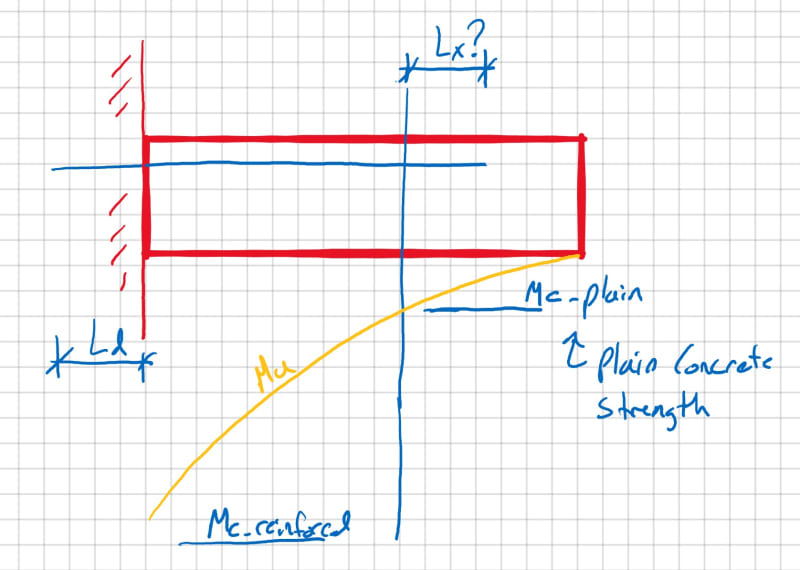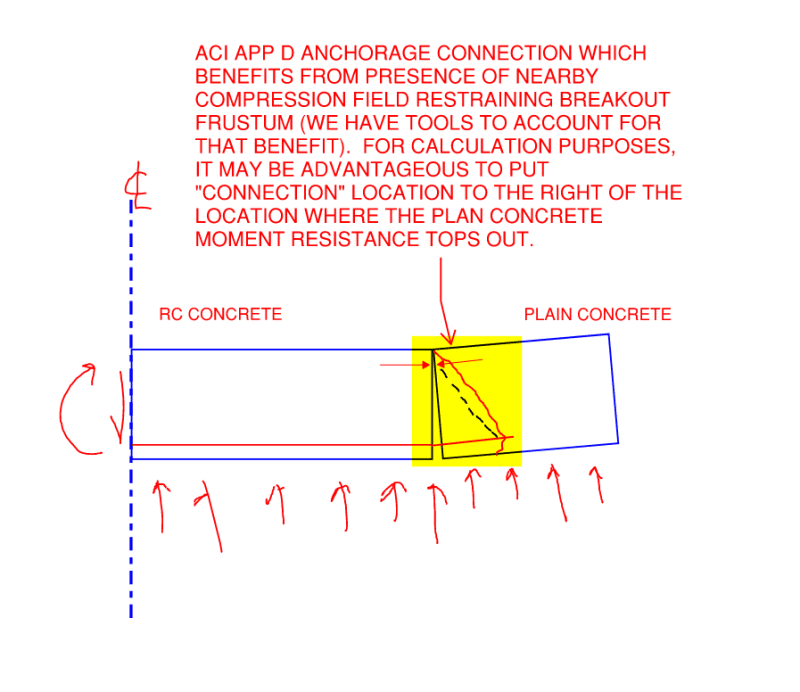1) For a footing application of a certain scale, I would be willing to accept this condition if it calcs out. Engineers have historically allowed unreinforced footings in some applications and we have tools for evaluating them. To use an unreinforced footing, I'd normally want one of two conditions to be satisfied:
a) Small footing to begin with or;
b) The unreinforced portion of a larger footing is, itself, rather small.
What are the plan dimensions of your footing here and what is the dimension of the unreinforced bit?
2) As shown below, I view the condition at the rebar cutoff as being a connection rather than either reinforced concrete or plain concrete. The good news with that is that, in my opinion, the typical reinforced concrete detailing requirements don't strictly apply. The bad news is that you've got a connection that needs designing.
3) In many situations like this, I find that the best option is to just replace the footing. Obviously, the viability of that depends on the state of construction at the time the problem is being considered.
4) I'm not a huge fan of doweling in new bars. Given the limited cover, the length of embedment usually required, and access difficulties, I worry that the bottom of the footing will wind up spalling and the finished condition will be worse than what you started with.



![[pipe] [pipe] [pipe]](/data/assets/smilies/pipe.gif)
